Home>Garden Essentials>Garden Plants>4 Sprigs Of Thyme Equals How Much Dried Thyme
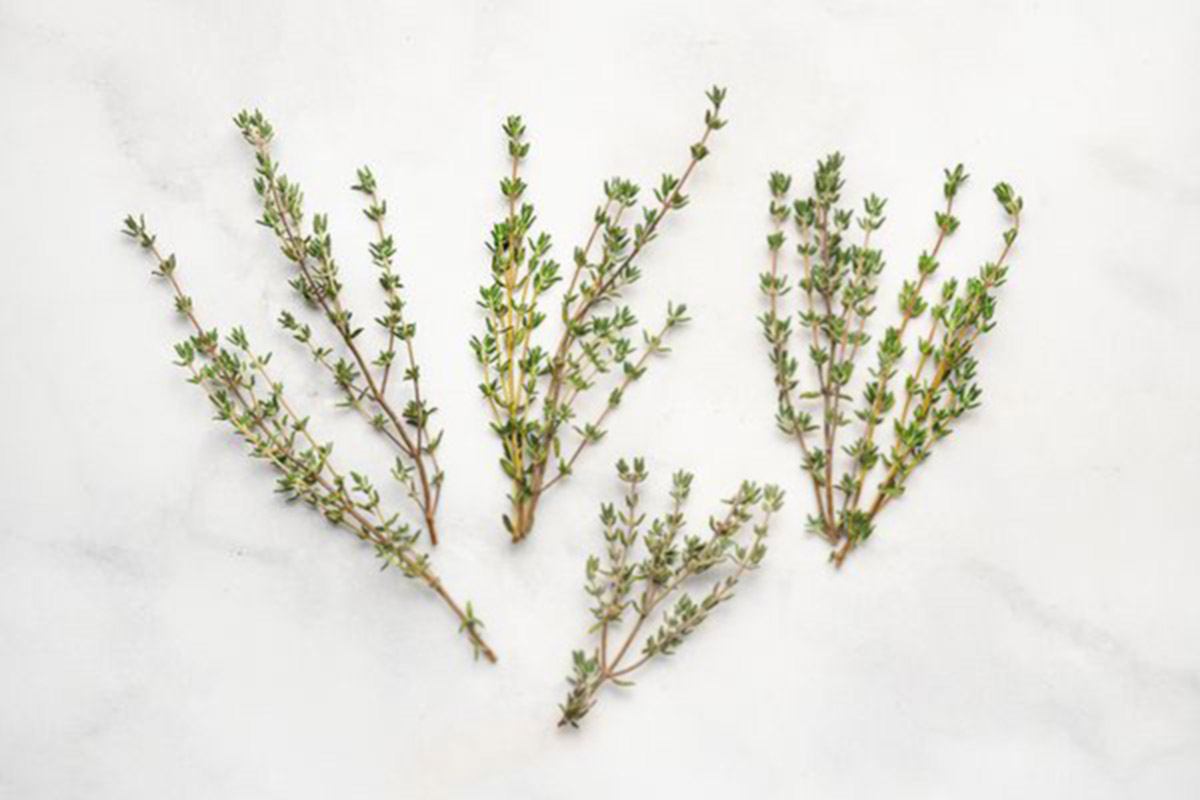

Garden Plants
4 Sprigs Of Thyme Equals How Much Dried Thyme
Modified: February 24, 2024
Discover the conversion of 4 sprigs of thyme to dried thyme. Learn how to use plants effectively in your recipes with this handy guide.
(Many of the links in this article redirect to a specific reviewed product. Your purchase of these products through affiliate links helps to generate commission for Storables.com, at no extra cost. Learn more)
Introduction
Welcome to the world of herbs and spices, where the humble thyme stands tall among its counterparts. Known for its aromatic fragrance and earthy flavor, thyme is a versatile herb that adds depth to a wide range of culinary creations. Whether you are a seasoned chef or a beginner in the kitchen, understanding the nuances of thyme can elevate your dishes to a whole new level.
In this article, we will explore the different aspects of thyme, specifically focusing on the conversion between fresh thyme and dried thyme. You may have come across a recipe that calls for a specific amount of fresh thyme, but you only have dried thyme on hand. Or perhaps you have an abundance of fresh thyme in your garden and want to know how much dried thyme you can substitute for it. Whatever the situation, we’ve got you covered.
Before diving into the conversion process, let’s take a closer look at thyme itself. Thyme is an evergreen herb that belongs to the mint family. It is native to the Mediterranean region and has been prized for centuries for its culinary and medicinal properties. The small, narrow leaves of the thyme plant are packed with essential oils that give it its distinct aroma and flavor.
Thyme is commonly used in a variety of cuisines, including Mediterranean, French, and Italian. Its robust flavor pairs well with meats, poultry, vegetables, and even desserts. Whether you’re making a hearty stew, a savory sauce, or a delicate herb-infused oil, thyme can add complexity and a delightful herbal note to your dishes.
Key Takeaways:
- Thyme’s versatility allows for easy conversion between fresh and dried forms, enhancing dishes with its unique flavor and aroma. Embrace the power of thyme in your culinary creations for a delightful culinary experience.
- Understanding the conversion process between fresh and dried thyme empowers you to confidently substitute one for the other, ensuring your recipes maintain their delicious taste and aroma. Let thyme elevate your dishes to new heights of flavor.
Understanding Thyme
To fully appreciate the conversion between fresh thyme and dried thyme, it’s important to understand the characteristics of each form. Fresh thyme, as the name suggests, refers to the herb in its natural state, with the leaves still attached to the stems. On the other hand, dried thyme is obtained by drying the fresh thyme leaves and removing them from the stems.
When it comes to the flavor and aroma, both fresh and dried thyme have their unique qualities. Fresh thyme tends to have a more vibrant, lemony aroma, and its flavor is slightly milder compared to the dried version. Drying the thyme intensifies its flavor, resulting in a more concentrated, earthy taste.
In terms of availability and convenience, dried thyme is often more accessible and can be found in most grocery stores year-round. It also has a longer shelf life compared to fresh thyme, making it a practical pantry staple. However, if possible, using fresh thyme can provide a fresher and more pronounced herbaceous taste.
Whether you choose to use fresh or dried thyme in your recipes, it ultimately depends on personal preference and the specific dish you are preparing. Both forms of thyme have their own merits and can enhance the flavors of a wide variety of dishes.
Now that we have a better understanding of thyme and its different forms, let’s explore the conversion process between fresh thyme and dried thyme.
Fresh Thyme vs Dried Thyme
When it comes to cooking with thyme, understanding the conversion between fresh thyme and dried thyme is essential. While the flavors of fresh and dried thyme are similar, their concentrations can vary, resulting in different measurements. Here’s a breakdown of the differences between fresh thyme and dried thyme:
Fresh Thyme: Fresh thyme is typically used when you want a more subtle and delicate flavor. It has a higher water content and a milder taste compared to dried thyme. When using fresh thyme in your recipes, it’s important to consider the ratio. As a general guideline, one sprig of fresh thyme is roughly equivalent to about ¾ to 1 teaspoon of dried thyme. However, keep in mind that the intensity of the flavor can vary depending on the freshness and quality of the herb.
Dried Thyme: Dried thyme is more concentrated and has a stronger flavor compared to fresh thyme. This is because the drying process removes the water content from the herb, intensifying its essential oils. When substituting dried thyme for fresh thyme, a general rule of thumb is to use one-third of the amount. For example, if a recipe calls for 1 tablespoon of fresh thyme, you can substitute it with 1 teaspoon of dried thyme. However, it’s essential to adjust the amount based on your personal preference and the desired intensity of flavor.
It’s worth mentioning that the conversion between fresh thyme and dried thyme is not an exact science. The nature of herbs can vary, and factors such as the growing conditions, storage, and drying methods can influence their potency. It’s always a good idea to start with a smaller amount, taste your dish, and adjust accordingly.
Now that we know how to convert between fresh thyme and dried thyme, let’s explore the opposite scenario: converting dried thyme to the fresh form.
Converting Fresh Thyme to Dried Thyme
If a recipe calls for dried thyme, but you only have fresh thyme at your disposal, don’t worry! You can easily convert fresh thyme to dried thyme with a few simple steps:
- Harvesting: Start by harvesting the fresh thyme from your herb garden or purchase it from a reliable source. Look for sprigs of thyme that are healthy and vibrant in color.
- Preparation: Rinse the fresh thyme under cool water to remove any dirt or debris. Pat it dry gently using a paper towel or a clean kitchen cloth.
- Dehydration: The key to converting fresh thyme to dried thyme is to remove the moisture. There are a few methods you can use:
- Air drying: Gather the thyme sprigs and tie them together using kitchen twine. Hang them upside down in a warm, well-ventilated area. Ensure that the leaves are not overlapping to promote proper airflow. Allow the thyme to air dry for about 1 to 2 weeks, or until the leaves feel brittle and crumble easily.
- Oven drying: Preheat your oven to the lowest temperature setting. Place the thyme sprigs on a baking sheet lined with parchment paper, making sure they are in a single layer. Leave the oven door slightly ajar to allow moisture to escape. Dry the thyme in the oven for 1 to 2 hours, or until the leaves are dry and crumbly.
- Dehydrator: If you have a food dehydrator, follow the manufacturer’s instructions for drying herbs. Typically, the process involves spreading the thyme sprigs on the dehydrator trays and setting the temperature to around 95°F (35°C). Leave the thyme to dry for several hours until it becomes brittle.
- Storage: Once the fresh thyme has been successfully dried, remove the leaves from the stems. Discard any woody stems and crush the leaves gently using your hands or with a mortar and pestle. Transfer the dried thyme leaves into an airtight container, such as a glass jar or a zip-top bag. Store it in a cool, dark place away from direct sunlight. Properly dried thyme can last for several months to a year, retaining its flavor and aroma.
By following these steps, you can easily convert fresh thyme to dried thyme, allowing you to use it in recipes that call for the dried form. Now, let’s explore the reverse scenario: converting dried thyme to fresh thyme.
When substituting dried thyme for fresh thyme, use 1 teaspoon of dried thyme for every 3 sprigs of fresh thyme. Adjust to taste.
Converting Dried Thyme to Fresh Thyme
If a recipe calls for fresh thyme, but you only have dried thyme in your pantry, fret not! You can still convert dried thyme to fresh thyme with a simple technique. Here’s how:
- Rehydration: To convert dried thyme to fresh thyme, you’ll need to rehydrate the dried leaves. Start by measuring the amount of dried thyme required for your recipe.
- Liquid medium: Choose a liquid medium to rehydrate the dried thyme. Water is the most common choice, but you can also use broth or citrus juice to infuse additional flavors.
- Proportions: A general guideline is to use three times the amount of dried thyme compared to what the recipe calls for in fresh thyme. For example, if the recipe requires 1 tablespoon of fresh thyme, use 1 teaspoon of dried thyme and mix it with 3 teaspoons of water or other chosen liquid.
- Rehydrating process: In a small bowl, combine the dried thyme and the chosen liquid. Stir well to ensure that the liquid is evenly distributed. Allow the mixture to sit for about 10 to 15 minutes, giving the dried thyme enough time to absorb the liquid and soften its texture.
- Usage: Once the dried thyme has rehydrated, treat it as you would fresh thyme in your recipe. Add it to your dish during cooking or use it as a garnish.
Keep in mind that the rehydrated dried thyme may not have the exact same texture as fresh thyme, but it will still add flavor and aroma to your dish. You may also notice a slight change in the visual appearance of the thyme leaves.
Converting dried thyme to fresh thyme allows you to use this versatile herb in dishes that call for the fresh form. Now that you know how to convert between fresh and dried thyme, let’s explore some tips for using thyme in your everyday cooking.
Read more: How Much Thyme Is In A Sprig
Tips for Using Thyme in Cooking
Thyme is a powerful herb that can elevate the flavors of your dishes with its distinct aroma and earthy taste. Here are some tips to help you make the most of thyme in your everyday cooking:
- Pairing: Thyme pairs well with a wide range of ingredients, including meats such as chicken, beef, and lamb. It also complements vegetables, soups, stews, sauces, and even desserts. Experiment with different combinations to find your favorite flavor profiles.
- Timing: Add fresh thyme towards the end of the cooking process to preserve its delicate flavor. Dried thyme, on the other hand, can be added earlier as it takes longer for its flavors to infuse into the dish.
- Measurement: When using thyme, remember that it is an herb that can be quite potent. Start with smaller amounts and gradually add more if needed. You can always adjust the seasoning to suit your taste preferences.
- Herb blends: Thyme is often found in various herb blends, such as herbes de Provence and bouquet garni. These blends can add depth and complexity to your recipes. Experiment with different combinations to find your preferred herb blend.
- Storage: To keep your thyme fresh for longer, store fresh thyme in the refrigerator, wrapped in a damp paper towel or placed in a plastic bag. Dried thyme should be stored in a cool, dark place in an airtight container.
- Infused oils and vinegars: Create your own thyme-infused oils or vinegars by steeping fresh thyme sprigs in a bottle filled with olive oil or vinegar. This will impart a delightful herbal flavor to your dressings, marinades, and drizzles.
- Garnish: Use fresh thyme leaves as a visually appealing garnish for your dishes. It adds a touch of elegance and freshness to your plate.
- Drying: If you have an abundant supply of fresh thyme, consider drying it yourself. This way, you can have dried thyme readily available for use in your pantry.
- Experimentation: Don’t be afraid to get creative with thyme! There are no strict rules when it comes to cooking with herbs. Feel free to experiment and discover unique flavor combinations that suit your palate.
With these tips in mind, you can confidently incorporate thyme into your cooking repertoire and create dishes that are bursting with flavor. Thyme’s versatility and distinct taste make it an invaluable addition to any kitchen.
Now that you are equipped with the knowledge of using thyme in your cooking, let’s summarize our findings.
Conclusion
Thyme, with its aromatic fragrance and earthy flavor, is a beloved herb that adds depth and complexity to a wide range of dishes. Whether you have fresh thyme or dried thyme on hand, knowing how to convert between the two forms can be extremely useful in the kitchen. By understanding the differences in flavor and concentration, you can confidently substitute one for the other without compromising the overall taste of your recipes.
In converting fresh thyme to dried thyme, it is necessary to remove the moisture content from the fresh sprigs through either air drying, oven drying, or dehydrating methods. The dried thyme can then be stored for an extended period, ready to be used in your culinary creations.
On the other hand, converting dried thyme to fresh thyme involves rehydrating the dried leaves with a chosen liquid medium. Although the texture may not be exactly the same as fresh thyme, the rehydrated dried thyme can still infuse your dishes with its unique flavor.
When using thyme in cooking, it is important to consider the pairing, timing, and measurements to achieve the desired taste. Thyme can be an integral part of herb blends, infused oils, and vinegars, and it can also serve as a visually appealing garnish. By storing thyme properly, whether fresh or dried, you can ensure its longevity and preserve its freshness for future use.
With these insights and tips, you are now equipped to confidently incorporate thyme into your everyday cooking. Embrace the versatility of thyme and let its aromatic qualities elevate your dishes to new heights of flavor.
So go ahead, harness the power of thyme, and let your culinary skills bloom. Happy cooking!
Frequently Asked Questions about 4 Sprigs Of Thyme Equals How Much Dried Thyme
Was this page helpful?
At Storables.com, we guarantee accurate and reliable information. Our content, validated by Expert Board Contributors, is crafted following stringent Editorial Policies. We're committed to providing you with well-researched, expert-backed insights for all your informational needs.
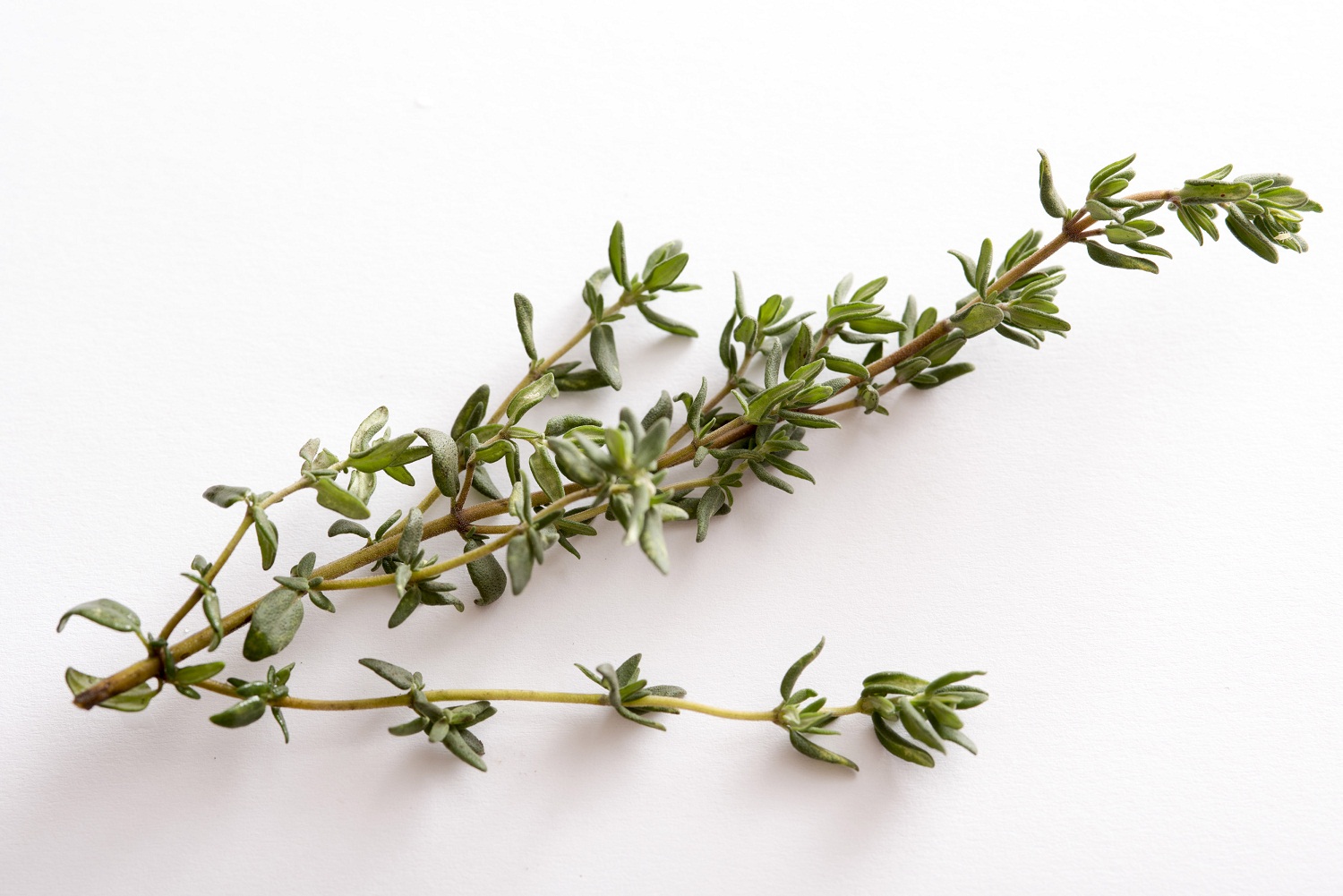
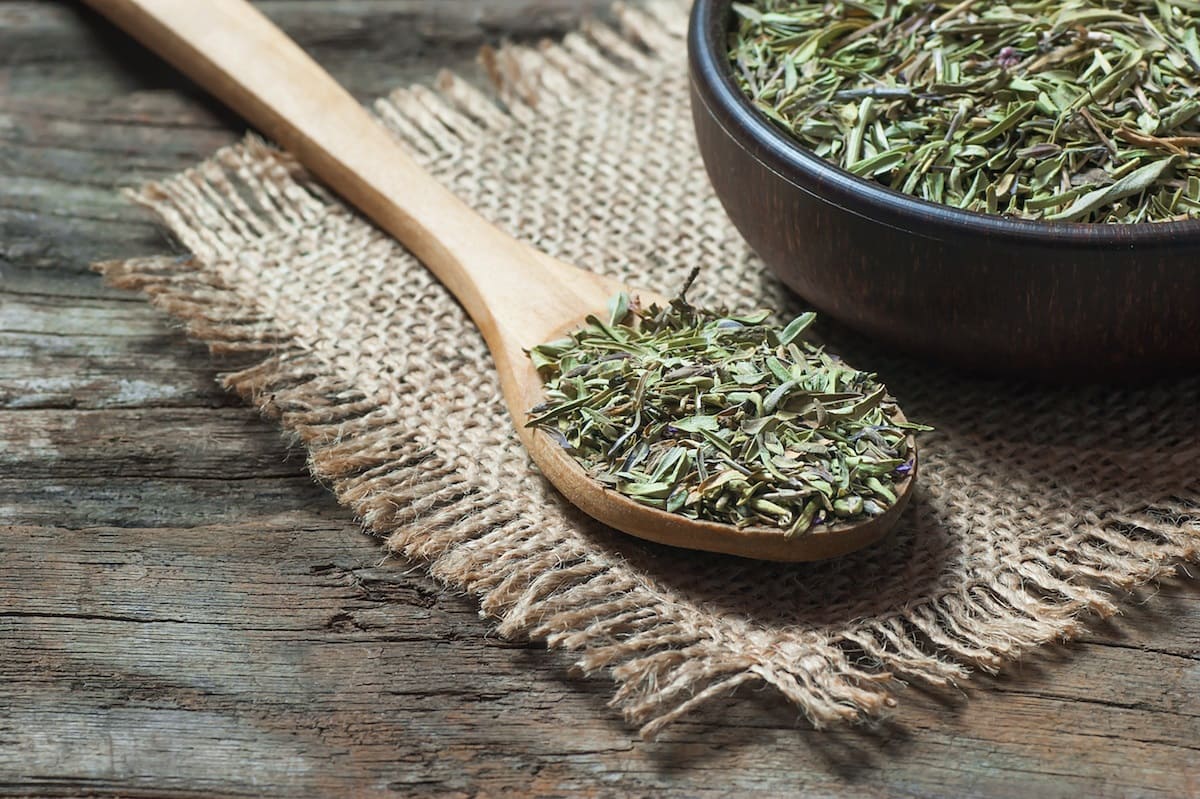
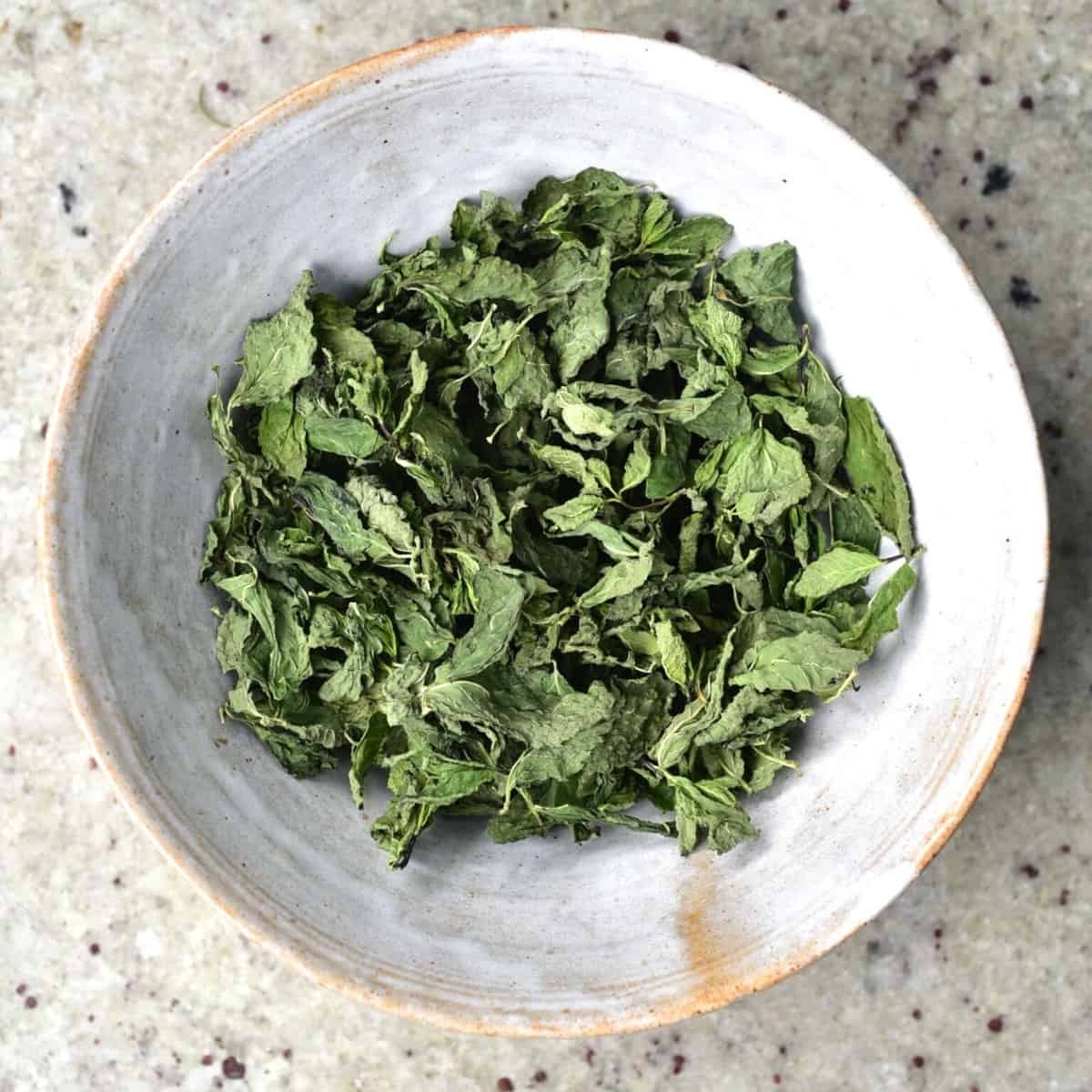
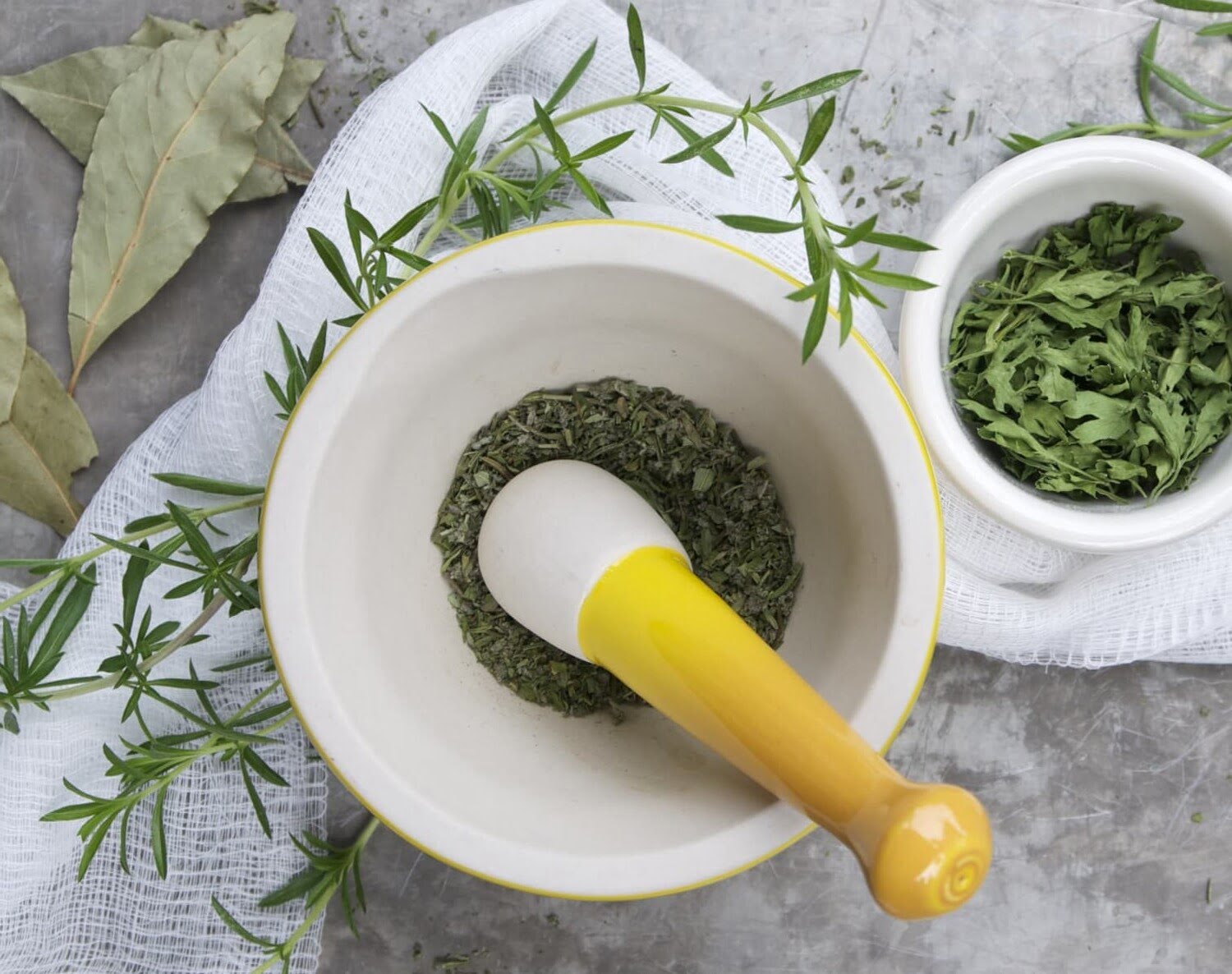
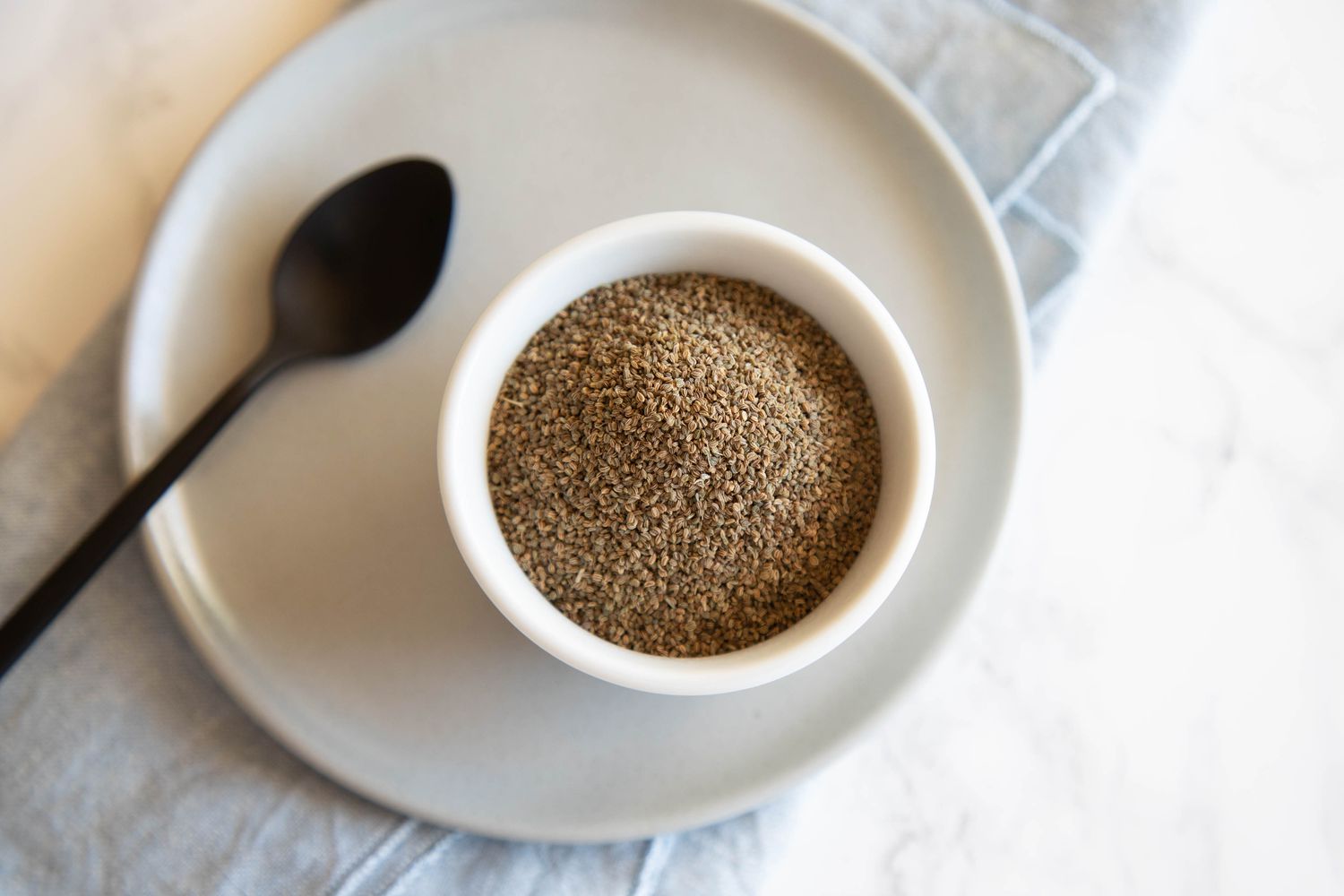
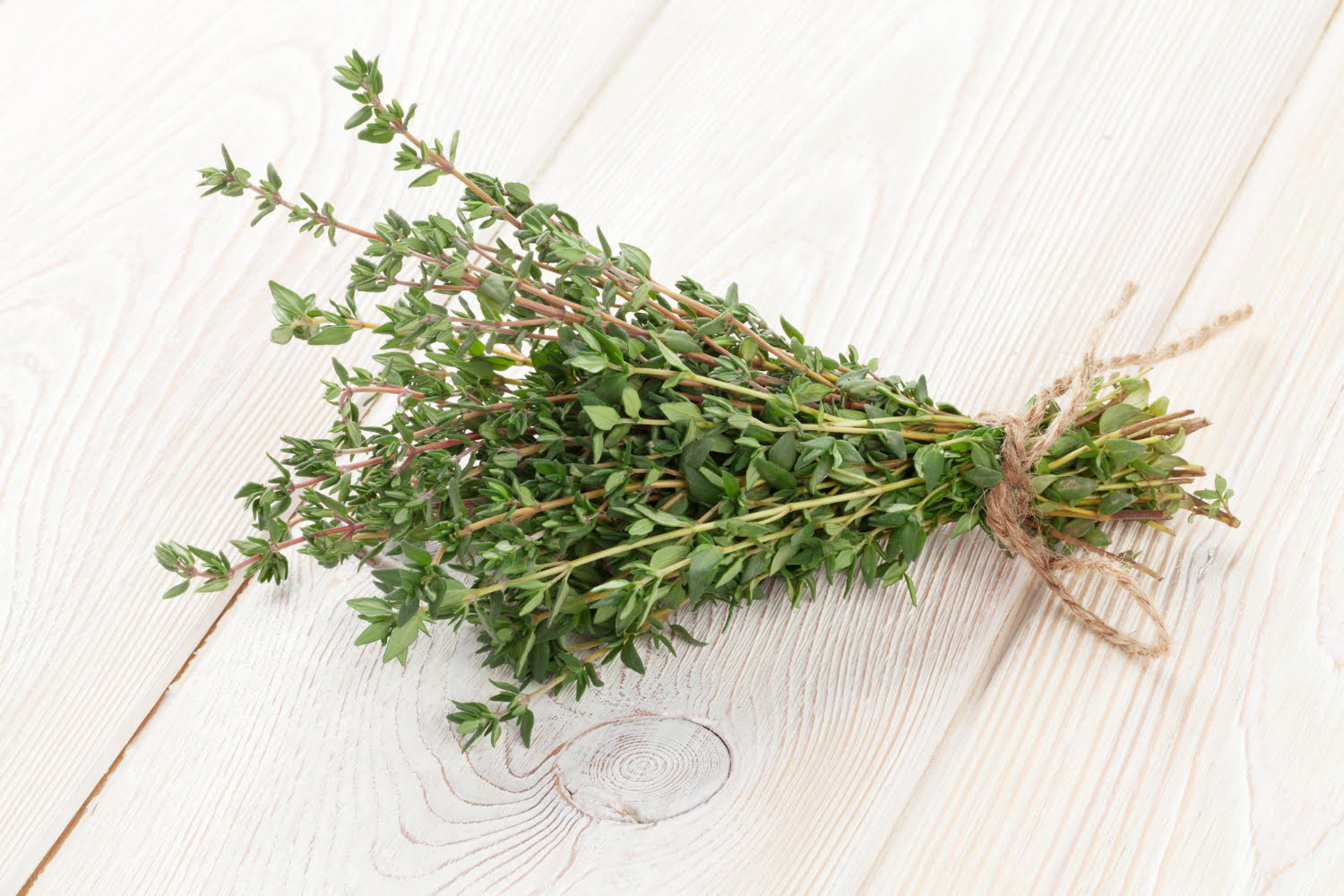
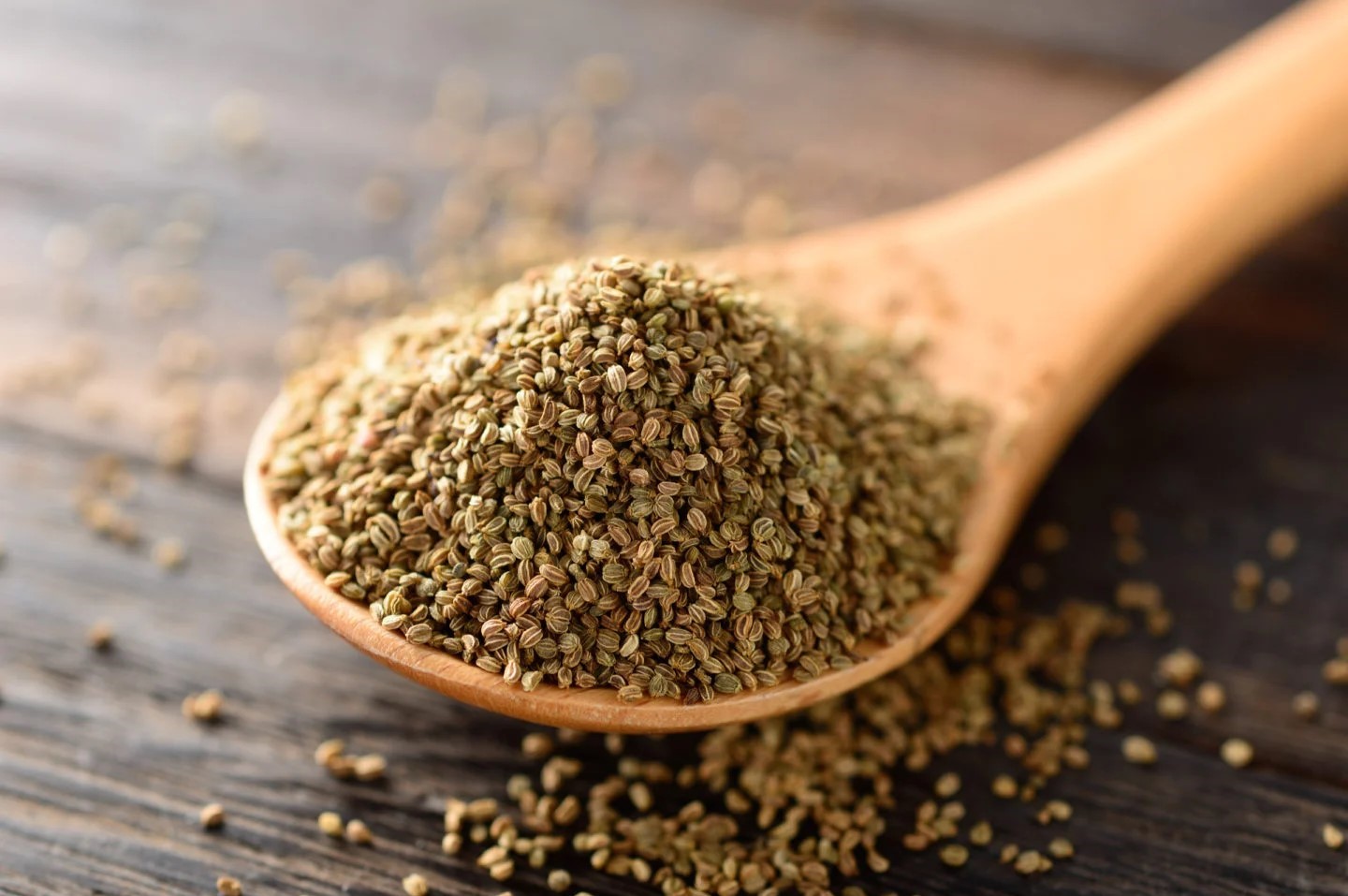
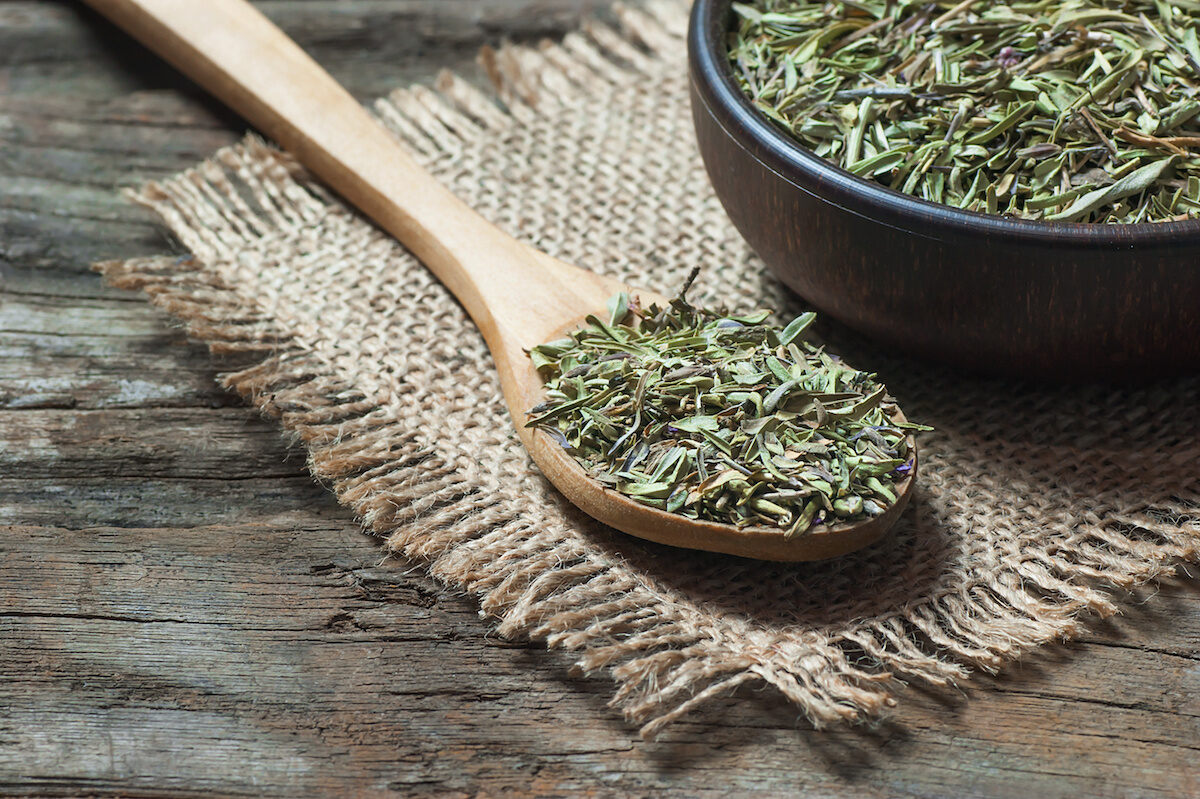
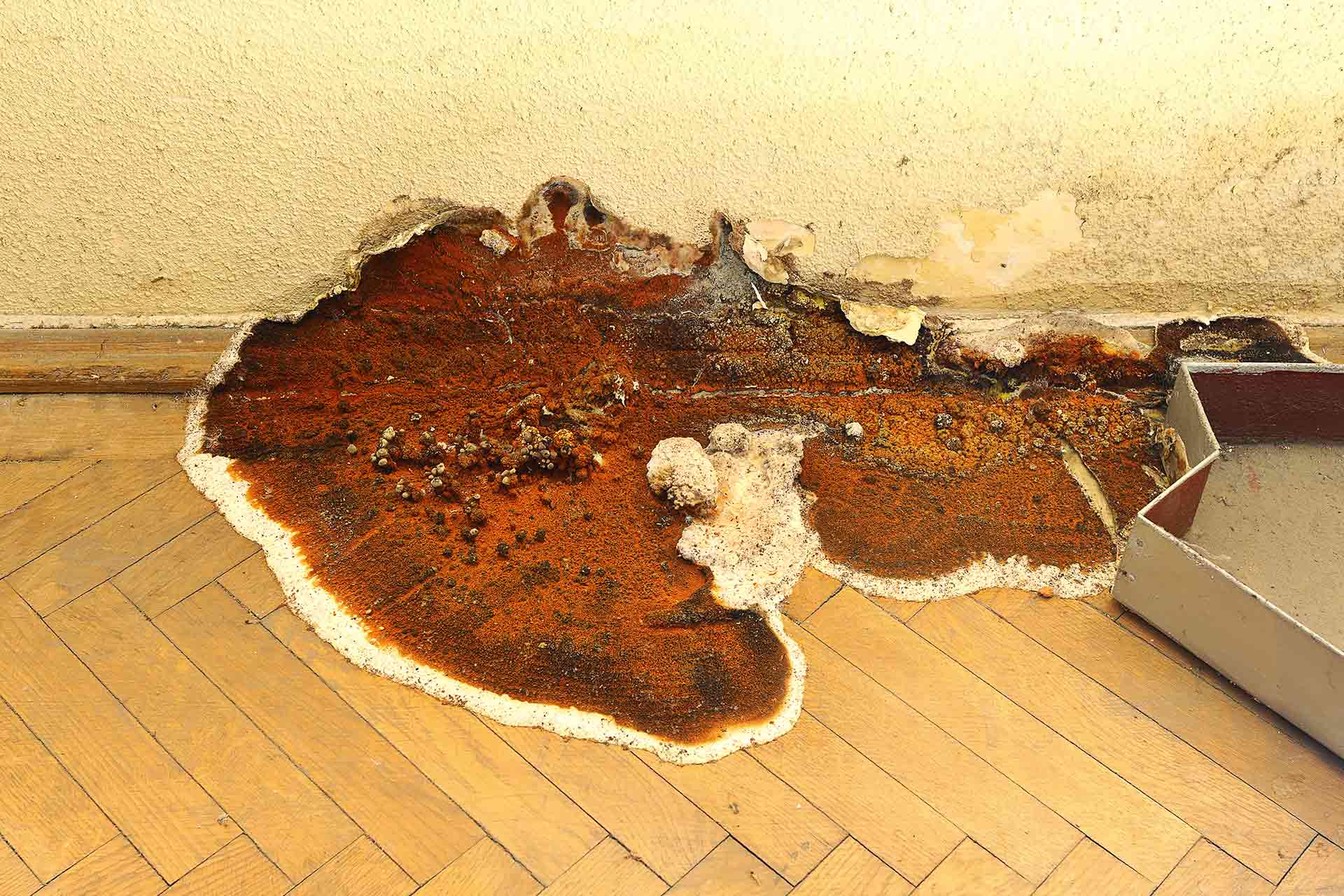






0 thoughts on “4 Sprigs Of Thyme Equals How Much Dried Thyme”